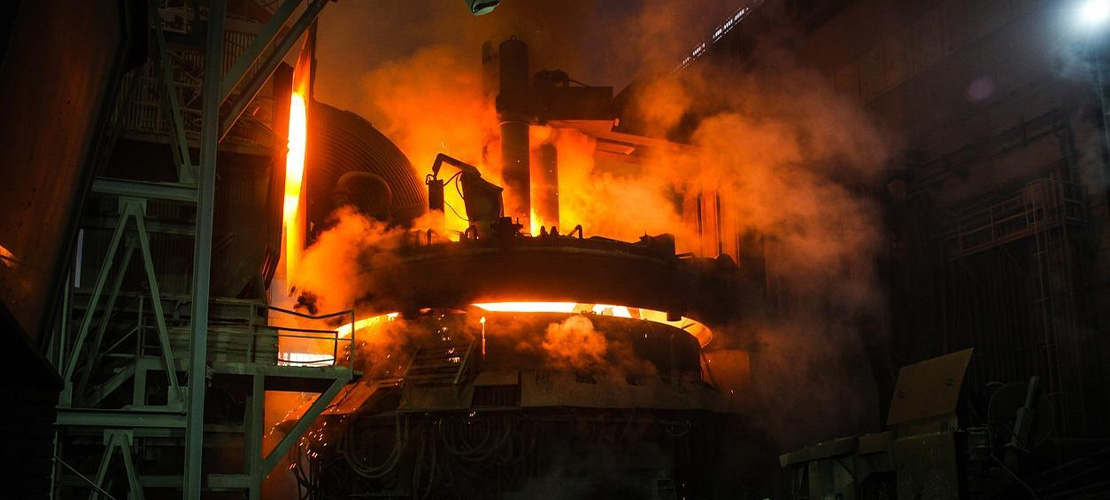Sep. 03, 2024

Scrap steel is the main raw material for electric arc furnaces. The quality of scrap steel directly affects the quality, cost and productivity of steel.
The sources of scrap steel can be divided into two aspects: one is the returned scrap steel within the factory; the other is external scrap steel, also known as purchased scrap steel.
Generally divided into: carbon scrap steel and alloy scrap steel.
Carbon scrap steel includes ordinary carbon steel, high-quality carbon structural steel, carbon tool steel and carbon spring steel. According to its size and unit weight, it is roughly divided into six categories:
Heavy scrap steel (mass 100-2000 kg), medium scrap steel (mass 10-100 kg), small scrap steel (mass 1-10 kg), light scrap steel, slag steel and steel scraps.
According to the chemical composition and smelting process requirements of alloy scrap steel, alloy scrap steel is divided into six categories and about one hundred groups. The six categories are: ball bearing steel, alloy structural steel, alloy tool steel, low alloy high strength steel, stainless steel, heat resistant steel, high resistance steel, and high speed tool steel.
According to the supply status, size and unit weight of alloy scrap steel, it is divided into three levels.
(1) The scrap steel surface should be clean and free of rust. Scrap steel with a large amount of sand, slag, refractory materials, cement, etc. will reduce the conductivity of the charge, prolong the melting time, and reduce the slag alkalinity, affecting the dephosphorization effect during the oxidation period and corroding the furnace lining. Rust is a water-containing iron oxide, the main component of which is Fe2O3.2H2O. Severe rust on scrap steel will reduce the recovery rate of steel and alloy elements and increase the hydrogen content in steel. Oil stains will also increase the hydrogen content in steel.
(2) Scrap steel must not contain non-ferrous metals such as lead, tin, arsenic, zinc, and copper. Lead has a high density and a low melting point. It does not melt in molten steel and is easily deposited in the gaps at the bottom of the furnace, causing steel leakage accidents. Tin, arsenic and copper can easily cause hot brittleness of steel. Zinc is volatile and is oxidized into zinc oxide in the furnace gas, which has a serious damaging effect on the furnace cover, especially the silica brick furnace cover.
(3) Scrap steel must not be mixed with sealed containers, flammable materials, explosives and toxic substances to ensure safe production.
(4) The chemical composition of scrap steel should be clear, and the sulfur and phosphorus content should not be too high.
(5) The size of scrap steel should not be too large. It is best to have a suitable size of scrap steel entering the furnace.
Latest News
Latest Products
Customized metallurgical machinery and equipment range: Electric Arc Furnace, Submerged Arc Furnace, LF Refining Furnace, Vacuum Furnace, Induction Furnace, Dust Remove System, Water Treatment Equipment, etc. Providing the most advanced equipment integration services, metallurgical equipment can be customized according to different needs of customers, and production capacity can be adjusted according to customer requirements.
Electric Arc Furnace
Submerged Arc Furnace
LF Refining Furnace
VD / VOD Vacuum Refining Furnace
Induction Furnace
Furnace Accessories
Navigation
E-mail: anna@srfurnace.com
Tel: +86 159 2955 5868
WhatsApp: +86 159 2955 5868
Add:
Room 102, Building 7A, Free Trade Xintiandi, Fengdong Avenue, Fengdong New Town, Xi'an City, Shaanxi Province
